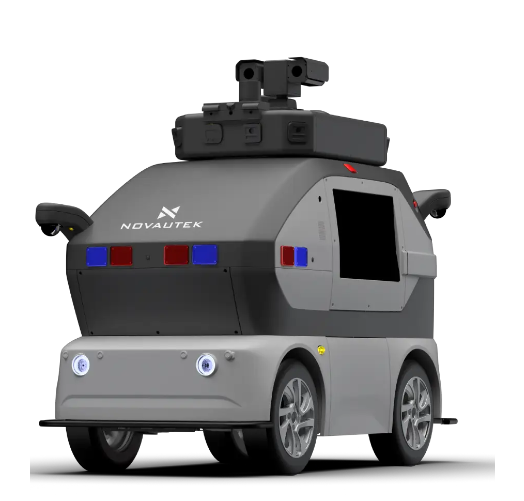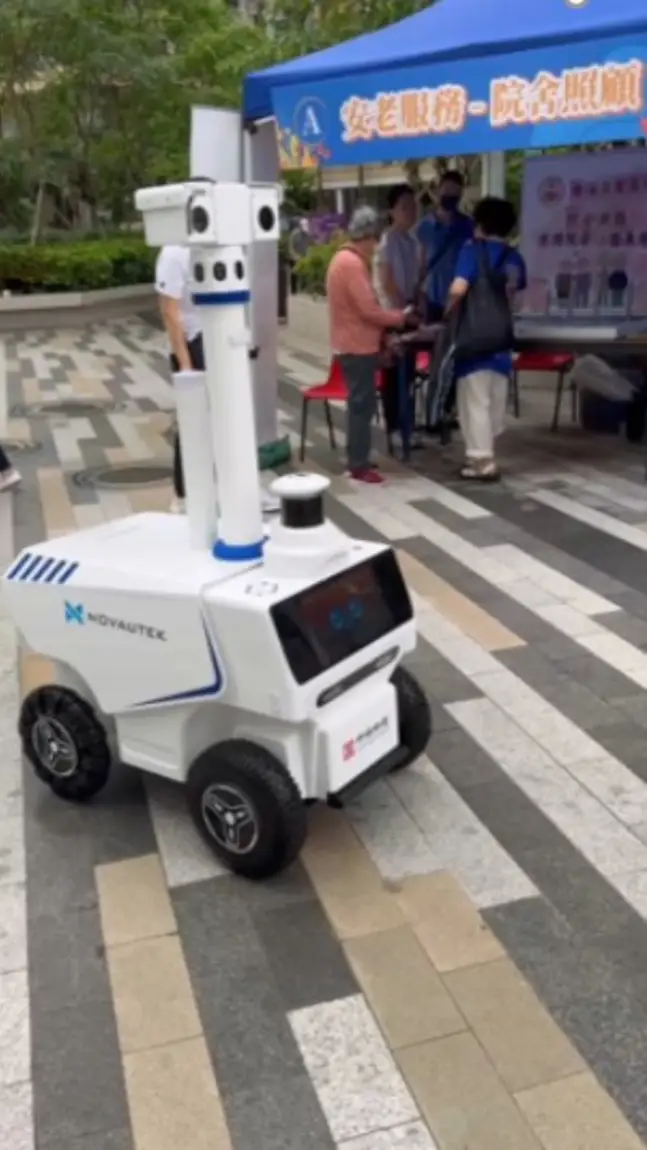The Rise of Automated Intelligence in Modern Industry
The landscape of business and society is undergoing a remarkable transformation with the integration of intelligent robots across various sectors. These sophisticated machines, equipped with advanced AI and machine learning capabilities, are revolutionizing how we work, live, and interact. From manufacturing floors to healthcare facilities, intelligent robots are becoming increasingly prevalent, offering unprecedented opportunities for growth and innovation.
As we witness this technological evolution, the impact of intelligent robots extends far beyond mere automation. These systems are now capable of learning, adapting, and making decisions in real-time, fundamentally changing the way organizations operate and how society functions. The convergence of robotics with artificial intelligence has created a new paradigm where machines can work alongside humans, enhancing our capabilities rather than replacing them.
Economic Advantages of Robotic Integration
Enhanced Productivity and Efficiency
One of the most significant benefits of intelligent robots in business settings is the dramatic increase in productivity. These systems can operate continuously, maintaining consistent quality and speed without fatigue. Manufacturing facilities utilizing intelligent robots have reported productivity gains of up to 30%, while reducing error rates by as much as 90%.
Moreover, intelligent robots excel at performing repetitive tasks with precision, allowing human workers to focus on more strategic, creative, and complex responsibilities. This optimization of workforce allocation leads to improved operational efficiency and better resource utilization across organizations.
Cost Reduction and Resource Optimization
The implementation of intelligent robots often results in substantial cost savings over time. While the initial investment may be significant, the long-term benefits include reduced labor costs, minimal waste production, and lower operational expenses. These systems can work in conditions that would be hazardous or impossible for humans, reducing workplace accident-related costs and insurance premiums.
Additionally, intelligent robots contribute to energy efficiency through optimized movement patterns and precise resource utilization. Many facilities have reported energy savings of up to 20% after incorporating these advanced systems into their operations.

Societal Impact and Quality of Life Improvements
Healthcare and Elder Care Applications
In the healthcare sector, intelligent robots are transforming patient care and medical procedures. Surgical robots assist doctors in performing complex operations with unprecedented precision, while care robots help monitor and support elderly patients. These applications not only improve treatment outcomes but also address the growing challenge of healthcare worker shortages.
The integration of intelligent robots in elder care facilities has shown remarkable results in providing companionship and basic care services. These systems can monitor vital signs, remind patients to take medication, and alert healthcare providers in case of emergencies, enabling more independent living for seniors.
Environmental Protection and Sustainability
Intelligent robots play a crucial role in environmental conservation efforts. From cleaning up pollution to optimizing waste management systems, these machines help create a more sustainable future. Advanced sorting robots in recycling facilities can process materials more efficiently than traditional methods, significantly improving recycling rates.
In agriculture, intelligent robots assist in precision farming, reducing water usage and minimizing the application of pesticides. This not only leads to more sustainable farming practices but also helps ensure food security for growing populations.
Workplace Safety and Human Empowerment
Hazardous Environment Operations
One of the most valuable applications of intelligent robots is their ability to operate in dangerous environments. Whether it's handling toxic materials, working in extreme temperatures, or exploring disaster zones, these machines can perform critical tasks while keeping human workers safe. This capability has revolutionized industries such as mining, chemical processing, and nuclear power plant maintenance.
The deployment of intelligent robots in high-risk scenarios has led to a significant reduction in workplace accidents and related injuries. Companies report fewer insurance claims and improved employee morale when dangerous tasks are delegated to robotic systems.
Skill Development and Job Evolution
Rather than eliminating jobs, intelligent robots are creating new opportunities for workforce development. As automated systems handle routine tasks, employees can focus on developing higher-level skills such as robot programming, maintenance, and system optimization. This evolution in job roles leads to better-paying positions and more engaging work environments.
The collaboration between humans and intelligent robots has given rise to new career paths and specializations. Organizations are investing in training programs to help workers transition into these emerging roles, ensuring long-term employment security and professional growth.
Future Prospects and Innovation Potential
Emerging Applications and Technologies
The future of intelligent robots holds exciting possibilities across various sectors. Advances in AI and machine learning continue to expand the capabilities of these systems, enabling them to tackle increasingly complex challenges. From autonomous vehicles to space exploration robots, the applications are becoming more sophisticated and diverse.
Research and development in areas such as soft robotics and bio-inspired design are opening new frontiers for intelligent robot applications. These innovations promise to create more adaptable and versatile systems that can better interact with human environments.
Global Market Growth and Economic Impact
The intelligent robotics industry is experiencing remarkable growth, with market projections indicating substantial expansion in the coming years. This growth is driving investment in research and development, creating new business opportunities, and stimulating economic development across regions.
As technology becomes more accessible and cost-effective, small and medium-sized enterprises can increasingly benefit from intelligent robot integration, leading to more widespread adoption and economic benefits.
Frequently Asked Questions
What makes a robot intelligent?
An intelligent robot combines advanced sensors, artificial intelligence, and sophisticated programming to perceive its environment, make decisions, and adapt its behavior accordingly. These systems use machine learning algorithms to improve their performance over time and can often work autonomously or collaboratively with humans.
How do intelligent robots impact employment?
While intelligent robots automate certain tasks, they typically create new job opportunities in robot maintenance, programming, and supervision. The technology tends to eliminate dangerous or repetitive jobs while creating higher-skilled positions that focus on robot management and strategic oversight.
What industries benefit most from intelligent robots?
Manufacturing, healthcare, logistics, and agriculture are among the industries seeing the greatest benefits from intelligent robots. These sectors leverage robotics for tasks ranging from assembly line work to surgical procedures, resulting in improved efficiency, safety, and quality of output.

